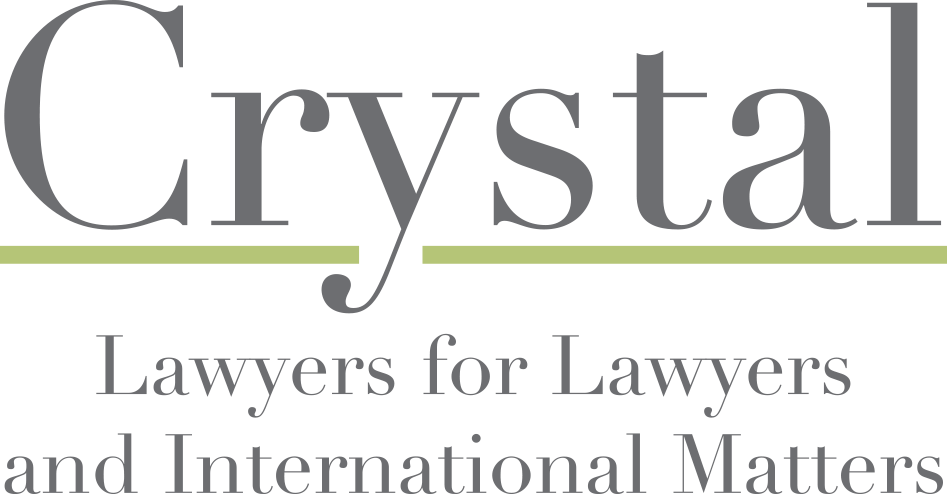Interacting with foreign clients or with local co-counsel is difficult, not only because of language barriers but also because of legal and cultural differences. Unrecognized – and therefore dangerous – gaps in communication may exist. We can call this the “lost in translation” problem. In transactions a “bridge” — i.e. with a lawyer who is acquainted with both legal systems — can help lawyers transfer information to their foreign clients or to local co-counsel and can clarify the relevant legal framework. In addition, a “bridge” can help make sense of – and effectively make use of – the information supplied by local co-counsel. A “bridge” can find inventive solutions that are viable in both two legal systems. For an interesting explanation of the hidden traps of foreign transactions, see the report “Cross-Cultural Legal Transactions Can Easily Get Lost in Translation,” lecture given on Aug. 5, 2011, by Olga M. Pina at the ABA Annual Meeting 2011 (available at http://www.abanow.org/2011/08/cross-cultural-legal-transactions-can-easily-get-lost-in-translation/). In litigation a “bridge” can support lawyers in both pre- and post-judgment activities in connection with lawsuits abroad or domestic proceedings involving foreign clients. For example, a “bridge” can help in service of process abroad according to the Hague Convention, or with gathering of evidence abroad, with privacy or blocking statute issues, and with enforcement of judgment. A “bridge” is also effective to explain a foreign client the peculiarity of domestic procedure in a way that the foreign client can understand. Some examples of differences Common Law and Civil law in the slide presentation “Lost in Translation”: Tidbits of Comparative Law”
